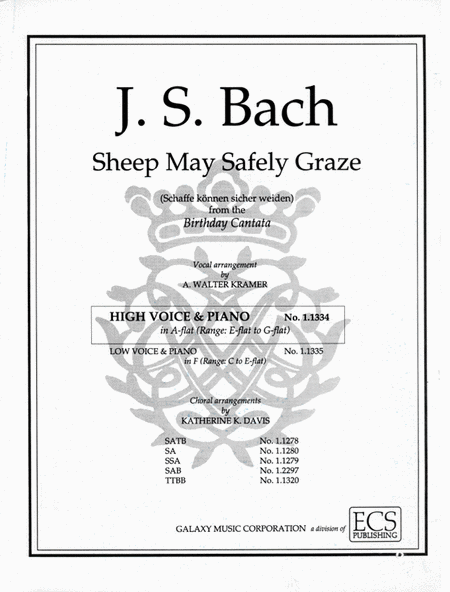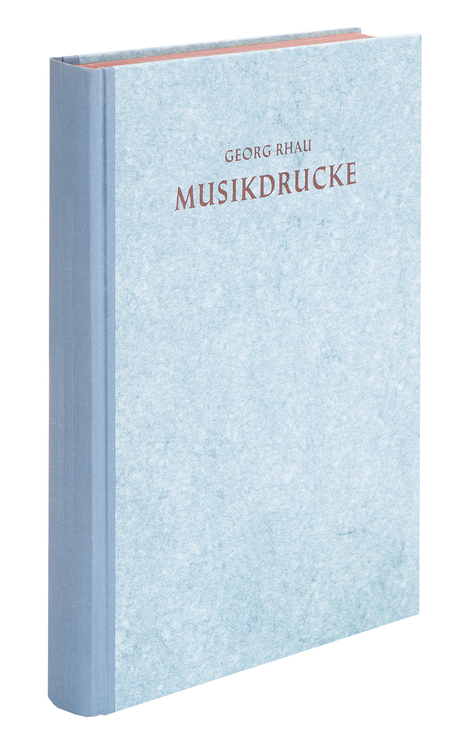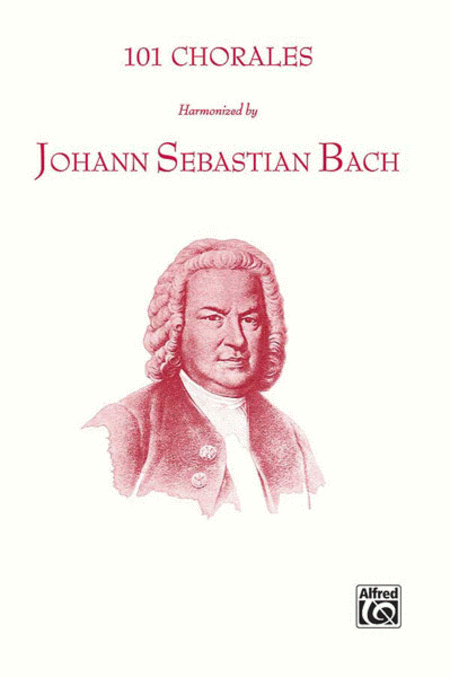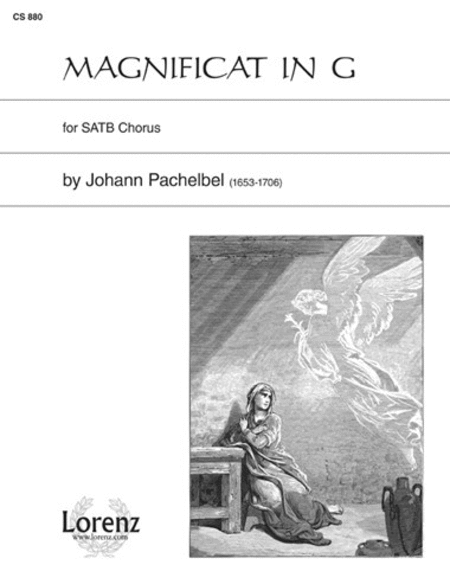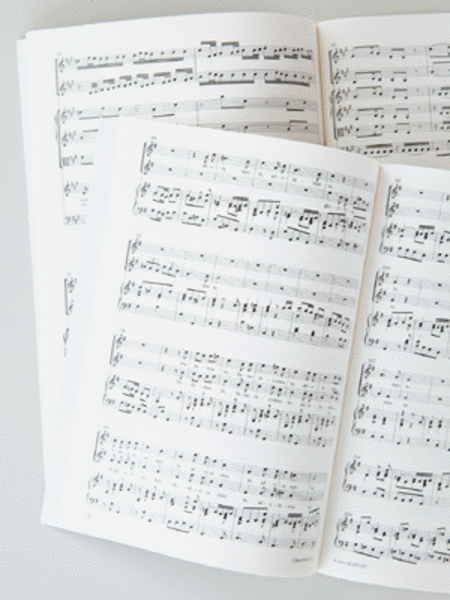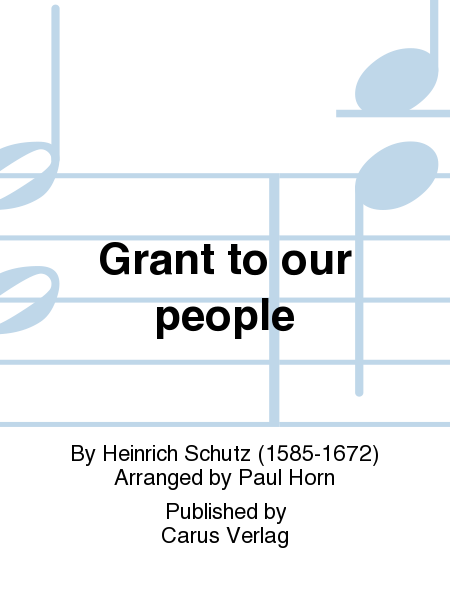Johann Walter (1496 - 1570)
 Allemagne
Allemagne
 Allemagne
AllemagneJohann Walter (Blanckenmüller) (1496 ? 25 March 1570) was a Lutheran composer and poet during the Reformation period.
Walter was born in Kahla, Thuringia in 1496. According to a document filed with his will, he was born with the surname of Blanckenmüller, but adopted out of poverty by a citizen of Kahla, and given an education at Kahla and Rochlitz under his new name, Johann Walter. He began his career as a composer and bass cantor in the chapel of Frederick the Wise at the age of 21. It w ... (Read all)
Source : Wikipedia
Walter was born in Kahla, Thuringia in 1496. According to a document filed with his will, he was born with the surname of Blanckenmüller, but adopted out of poverty by a citizen of Kahla, and given an education at Kahla and Rochlitz under his new name, Johann Walter. He began his career as a composer and bass cantor in the chapel of Frederick the Wise at the age of 21. It w ... (Read all)
Source : Wikipedia
FREE SHEET MUSIC CHOIR - VOCAL
Active criterias:
Search on #CHOIR - VOCAL






















